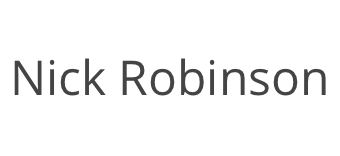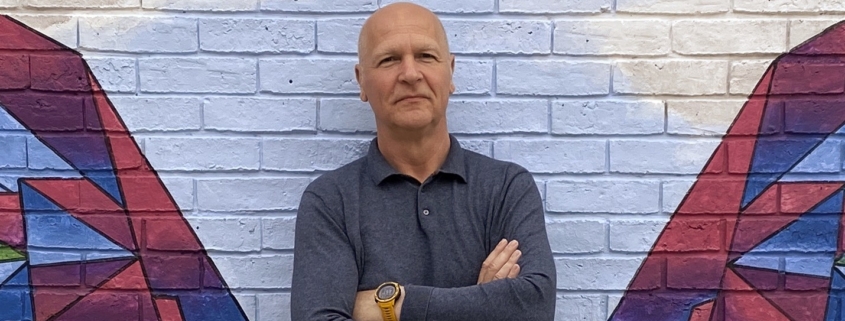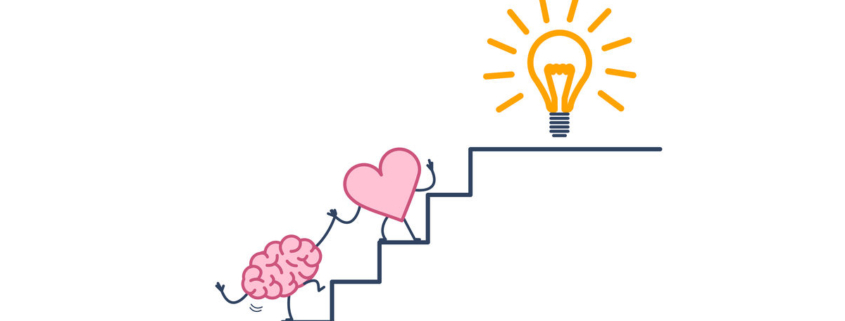Discover goal-setting strategies from Einstein, da Vinci, Gandhi, Jobs, and Kahlo.
Whose footsteps will you follow?
Setting and achieving personal goals is a critical aspect of personal growth. But how do we go about it?
Let’s draw inspiration from some great minds, each of whom offers a unique perspective on setting and achieving personal goals.
1. Albert Einstein – The Power of Curiosity and Persistence
Einstein, a theoretical physicist known for developing the theory of relativity, was not particularly successful in his early schooling. However, his insatiable curiosity and persistence led him to become one of the most influential scientists in history.
His approach to goal setting might involve fostering a deep curiosity about the subject matter and persisting through challenges and failures.
To stand in Einstein’s shoes, cultivate a relentless curiosity and don’t let failure deter you from your path.
2. Leonardo da Vinci – Interdisciplinary Learning and Creativity
Leonardo da Vinci, an Italian polymath of the High Renaissance, was known for his unquenchable curiosity and feverishly inventive imagination.
His approach to goal setting might involve a commitment to lifelong learning, exploring a wide range of disciplines, and using creativity to solve problems and achieve goals.
To emulate da Vinci, embrace learning across a wide range of subjects and use your creativity to find unique solutions.
3. Mahatma Gandhi – Patience and Non-violence
Gandhi, the leader of the Indian independence movement against British rule, was a strong advocate for patience, peace, and non-violence.
His approach to setting and achieving goals might involve a commitment to peaceful methods, patience, and the belief that slow and steady progress can lead to significant change.
To walk in Gandhi’s footsteps, practice patience and believe in the power of peaceful persistence.
4. Steve Jobs – Vision and Innovation
Steve Jobs, co-founder of Apple Inc., was known for his visionary approach and his ability to innovate and think outside the box.
His approach to goal setting might involve having a clear, innovative vision of what you want to achieve and the determination to make it a reality, even if it means going against the grain.
To channel Jobs, hold a clear vision of your goals and don’t be afraid to challenge the status quo.
5. Frida Kahlo – Self-expression and Resilience
Frida Kahlo, a renowned Mexican artist, faced numerous health problems throughout her life. Despite her physical condition, she continued to express herself through her art.
Her approach to setting and achieving goals might involve using personal experiences as a source of inspiration, expressing oneself authentically, and demonstrating resilience in the face of adversity.
To embody Kahlo’s spirit, draw strength from your personal experiences and express yourself authentically in your pursuits.
These historical figures each offer a unique perspective on setting and achieving personal goals. Whether it’s Einstein’s curiosity, da Vinci’s interdisciplinary approach, Gandhi’s patience, Jobs’ vision, or Kahlo’s resilience, there’s a strategy here for everyone.
The journey of personal growth is a marathon, not a sprint. Take the first step today.




